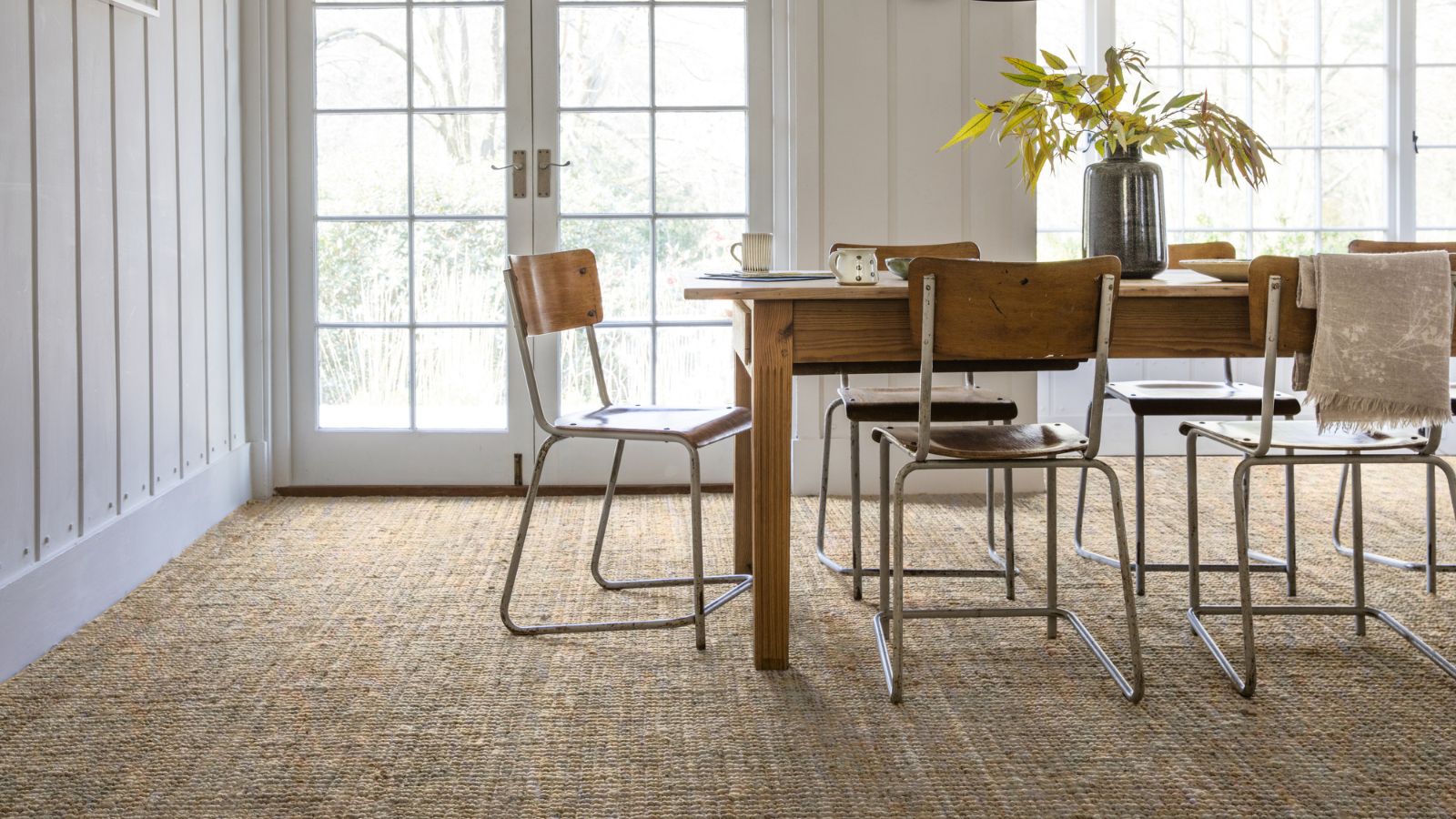Retrofitting a Home: The Definitive Guide
Retrofitting your home can help to lower your energy bills and make your home warmer — here’s what you need to know
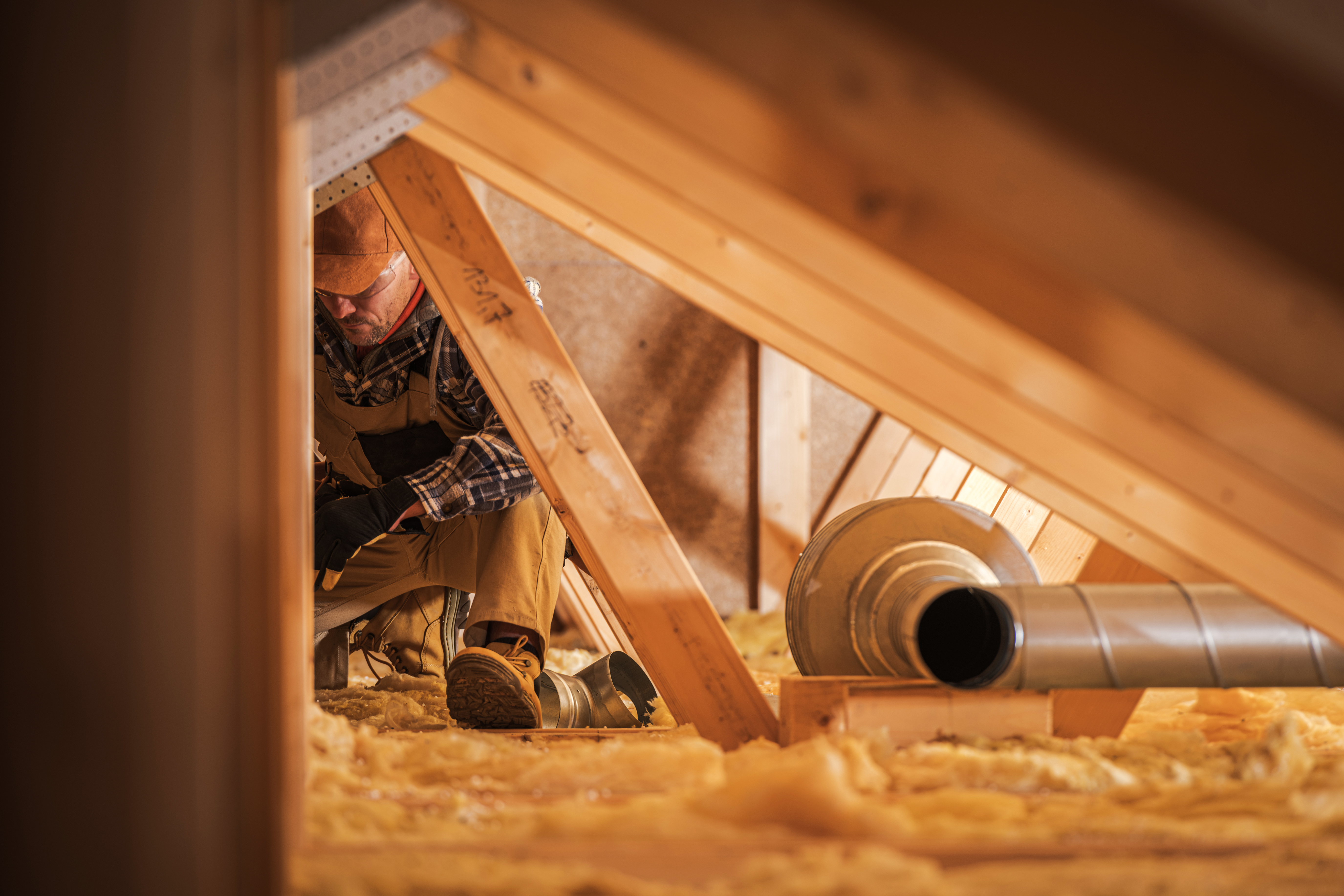
Retrofitting helps to improve a property’s energy efficiency through the addition of new technology or features, and it can help to save you money on your long-term energy bills.
There are different ways to retrofit a house, varying from single-room improvements to whole house retrofits, but each process is ultimately designed to increase your energy efficiency. This focus on efficiency is why retrofitting differs from renovating a house or making home improvements designed to make a home more aesthetic.
Several industry groups believe retrofitting the UK’s housing stock is essential, especially if the UK is to reach net zero by 2050, which is why many industry groups are campaigning for a National Retrofit Strategy to be introduced to help provide a roadmap.
This guide will explain why there is a growing push for homeowners to retrofit their homes, how this can be achieved, and why making energy-efficient improvements can benefit your home.
(MORE: How to Build an Eco House)
What is Retrofitting?
There’s no official definition of retrofitting, but as Chayley Collis and Bill Butcher from Green Building Store explain: “It is more than just renovating a building and involves more substantial changes to the original building into something much more energy efficient.”
Retrofitting typically involves a significant improvement in the thermal performance and comfort of your home, and by improving the fabric of the building.
Bring your dream home to life with expert advice, how to guides and design inspiration. Sign up for our newsletter and get two free tickets to a Homebuilding & Renovating Show near you.
Paul Testa, founder of Paul Testa Architecture and contributor to Homebuilding & Renovating, adds: “Retrofitting is multi-faceted and can include insulating roofs, walls and floors; replacement windows; improved ventilation design; airtightness works and more efficient heating and hot water systems. Renewables are also often installed during retrofit works.”
Why Do We Need to Retrofit our Homes?
Britain’s 28 million existing homes are responsible for around 15% of the UK’s carbon emissions, according to the Committee for Climate Change. This is a major obstacle to hitting the government’s net zero climate goals.
“To reduce the UK’s carbon emissions, energy-efficient retrofits will need to be undertaken on the UK’s existing buildings at scale,” say Collis and Butcher.
Many industry groups, such as the Federation of Master Builders (FMB), have advocated for a National Retrofit Strategy to be published which would set out a roadmap to help retrofit our homes, and could provide financial support to homeowners.
The government alluded to such a strategy when it published its Energy White Paper last year, but this has not yet been developed.
Great to see @BrianBerryFMB meeting with @RishiSunak at yesterday's @EntForumUK business reception, co-sponsored by @fmbuilders. Important opportunity to speak with the Chancellor about #retrofit ahead of the #SpendingReview and #COP26. #CPC21 pic.twitter.com/pmo4lXLGlMOctober 5, 2021
Mark Siddall, principal architect and director of research at the Lovely Engineered Architectural Practice (LEAP), who recently completed the first Passivhaus retrofit in the North East, believes it’s vital that such a strategy is introduced.
“There needs to be a national strategy in place,” he told Homebuilding & Renovating: “We can then start to develop the retrofit industry in the appropriate way. At the moment the amount of work that has to happen - to increase the skill base, the knowledge base and the people working in that area - is not enough, so a huge scaling up process is required.”
Retrofitting the UK’s leakiest homes to low-carbon standards would cost the government £5bn within the next four years, according to the Construction Leadership Council (CLC), which says any strategy should include government grants for low-income households.
Does Your House Need Retrofitting?
There are very few homes in the UK that wouldn’t benefit in some way from retrofit work. “However, the worst offenders are older properties,” says Testa.
“Solid wall construction buildings like Victorian terraces are difficult to treat and need more care, but are also likely to be the houses in most need.”
There are many ways of evaluating your home’s energy efficiency so you can see which improvements would be most beneficial.
- An Energy Performance Certificate (EPC) can be helpful for outlining your property's energy use and potential energy costs
- A blower door test can tell you how airtight your home is (which is important as draughts can cause considerable discomfort)
- Thermographic surveys can help to identify where any areas of air leakage, as well as help to establish how well-insulated your house is.
Russell Smith, founder of RetrofitWorks has this advice: “If you’re struggling to pay your energy bill then your house needs retrofitting. The other thing to bear in mind is the energy rating of a property, which is related to your energy consumption and costs. If your EPC is below an A, you’ve got to do something about it. It’s a harsh reality."
However, this EPC target can be more challenging to achieve with older homes.
(MORE: Energy Price Rises to Soar - Here’s How to Lower Your Bills)
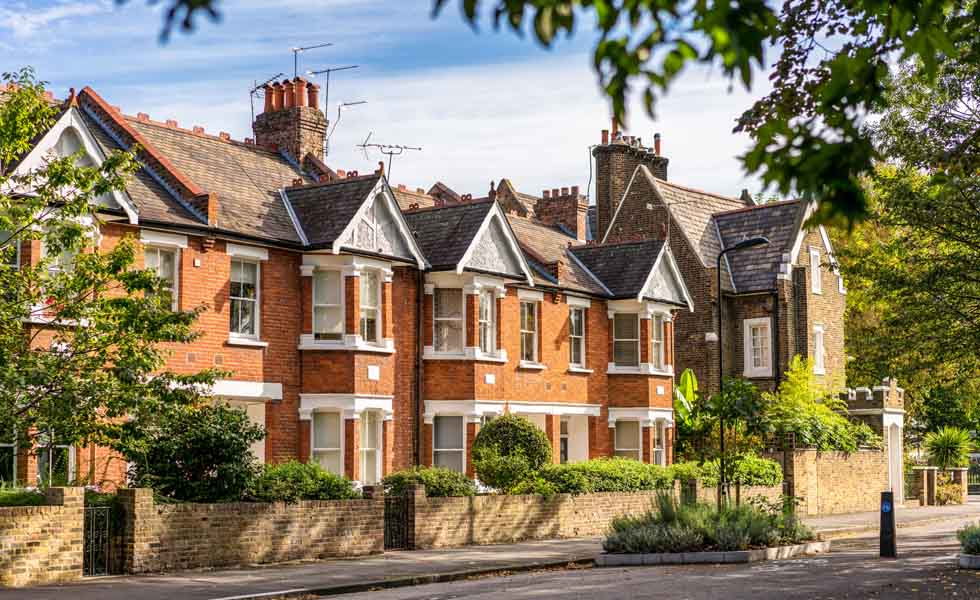
What are the Benefits of Retrofitting?
There are several benefits that come from retrofitting your home, for homeowners as well as the environment. Retrofitting can help to improve the energy efficiency of homes, reduce your fuel bills and create comfortable, even temperatures all year round as well as helping to eliminate draughts.
“Retrofit has huge personal and societal benefits," says Testa. "Well retrofitted homes are likely to be healthier environments that will drastically reduce the risk of poor internal air quality related illness. This reduces pressure on the health service. Retrofitted homes are comfortable, use less energy and put less pressure on the power grid.
Collis and Butcher add: “By improving airtightness and tackling ventilation, a retrofit can also improve air quality and eliminate mould and condensation problems."
What Does Retrofitting Your Home Involve?
Ultimately the retrofit process is designed to ensure the best overall performance of your house, so it’s important to understand your home’s current condition before making any changes.
You can make quick, inexpensive improvements such as using LED bulbs and smart plugs, or adding draughtproofing to windows and doors, and these will help to reduce your energy use - but the biggest gains come from deep retrofits, or whole house retrofits.
What is a Deep or Whole House Retrofit?
Deep retrofits involve making changes to the fabric of your house. As Collis and Butcher explain: “A ‘deep’, ‘radical’ or ‘whole house’ retrofit is one where a wide range of measures are taken alongside each other to reduce a building’s energy needs considerably, and draws heavily on the Passivhaus low-energy building methodology.”
Energy efficiency measures on a deep retrofit are not considered as individual tick-box improvements but as working as part of a whole house system.
The possible renovations on a whole house retrofit include:
- Insulation: This is a key element of a retrofit programme, which tends to involve external wall insulation, internal wall insulation as well as roof, wall and floor insulation. Attention to detail is important to avoid cold bridges (where gaps meet), such as when the first floor meets walls, and to ensure long-term performance of the house
- Airtightness: Minimising any gaps in the insulation which could break the continuity and lead to heat loss from your home.
Once you’ve improved the fabric of your house, you could then add a low-carbon heating and hot water system, and/or renewables, if your budget allows, such as:
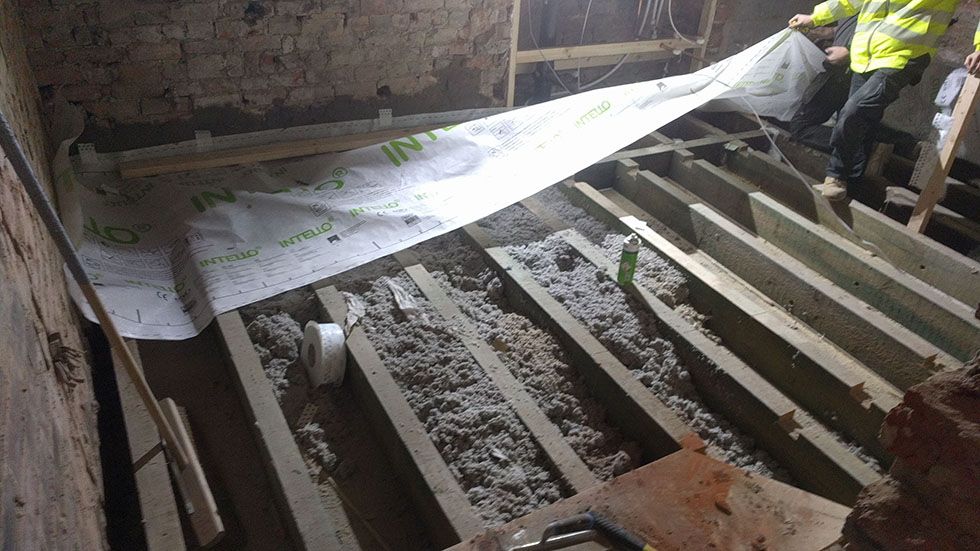
How Much Does Retrofitting Cost?
Costs can vary depending on the size of your house, its energy efficiency, and how old it is. Just as there is no one-size-fits-all approach to retrofitting, there is no set cost of improvements.
Ultimately, what you pay as part of a retrofit you will hope to get back in long-term energy savings. “You should always get a retrofitting expert to conduct an analysis and create a whole house plan so you have an idea of what to expect. Then you’ll be able to look at the overall cost, and the overall cost benefit for your house,” says Smith.
According to Collis and Butcher, “A deep retrofit can cost anywhere between £40K-200K, depending on the complexity of the home or building you are working on and how far you want to go with the retrofit."
However, Testa says that homeowners could expect to spend between £800 and £1200/m2 on deep retrofit work, depending on their home’s current energy efficiency status.
In 2017, the government put together a handy guide on how much it costs to retrofit your home, which includes domestic cost assumptions on a range of improvements when renovating a house.
How Energy Efficient Should My Retrofit be?
The magic number when modelling a retrofit is the space heating requirement of the retrofit, say Collis and Butcher.
A leaky UK home might have a space heating need of over 150 kWh/m2/ year, and if you want to retrofit to the EnerPHit (Passivhaus retrofit) standard then this requires a space heating need of 25 kWh/m2/ year. In comparison, the Passivhaus standard is 15kWh/m2/year.
Aiming to get your retrofit as close to 25 kWh/m2/year, within the constraints of the building type and your budget, would have a marked impact on your home.
However, some houses, such as those in conservation areas where external wall insulation is not possible, may only use internal wall insulation and might only be able to cut their space heating to around 100 kWh/m2/year.
The Passivhaus Planning Package is a useful tool to use when assessing different retrofit measures, and can help you calculate a retrofit’s operational energy use and carbon emissions.
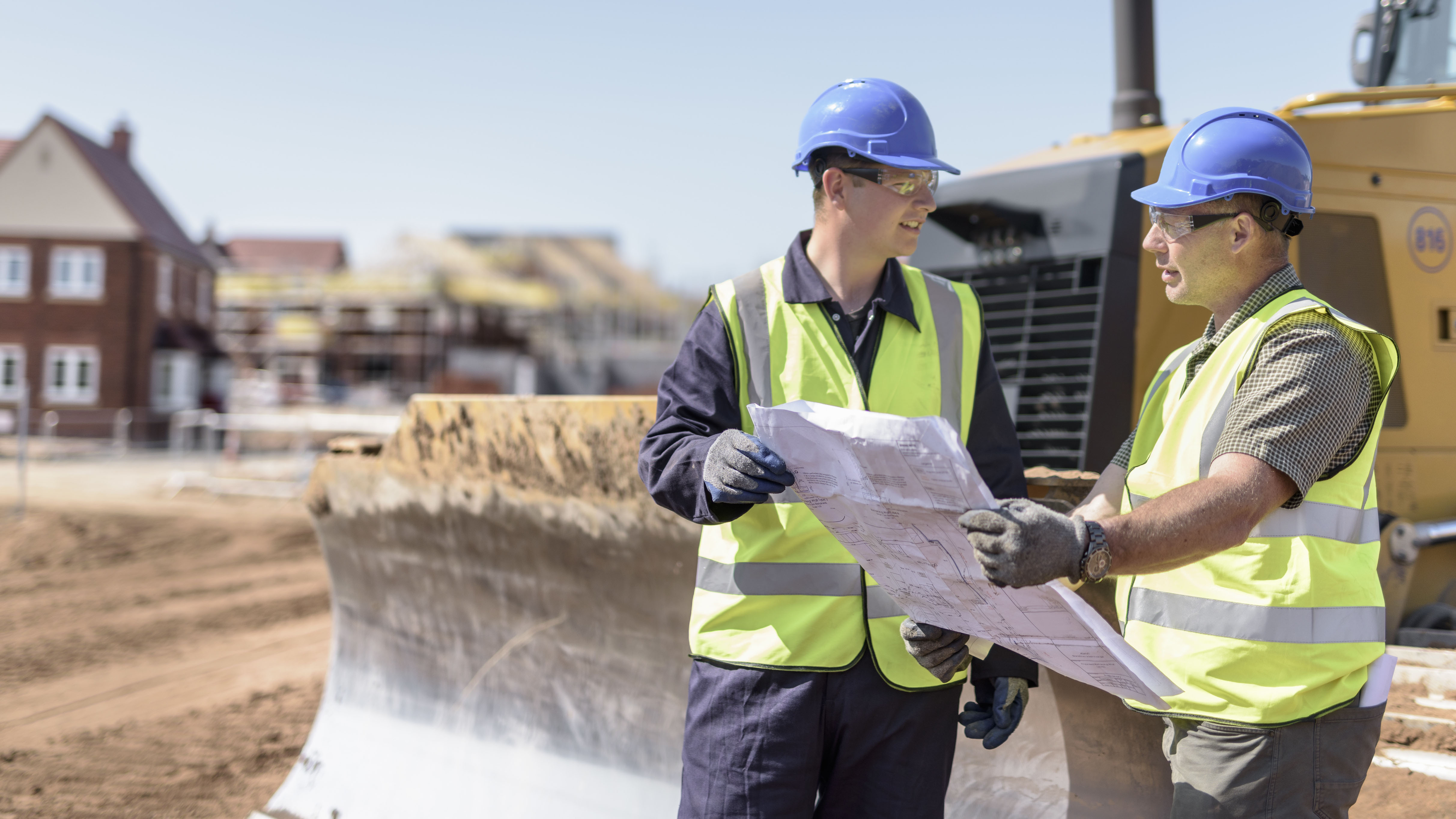
An Example of How to Retrofit
Mark Siddall’s advice before planning your retrofit is to prioritise the health and wellbeing of those living in your home, and the home itself.
“We should be improving our airtightness and our draughtproofing, and we need to be ventilating homes appropriately so they can are healthy. Once controlled home ventilation is in place, we can be thinking about how we might insulate a property in the best way.”
In terms of costs, Siddall adds: “It’s important to have a strategy. Have a framework in place that allows you to undertake a retrofit — you’ll need a well-thought through design, and then be able to implement a retrofit in one go. This is the lower-cost approach, as it can help you avoid scaffolding costs several times. And of course you’ll need to make sure you can work within your budget.”
Is Financial Assistance Available to Retrofit Your Home?
The Green Homes Grant provided vouchers this year for homeowners improving insulation or adding heat pumps, and while it closed in March, it could reportedly be brought back in some form in the October Spending Review.
Otherwise, there are remarkably few grants available. To assist homeowners with the cost of retrofitting, the FMB and other industry bodies such as the Environmental Audit Committee also want to see vat on retrofit work cut down from its current rate of 20%.
The incentives for introducing renewable technologies currently include the Renewable Heat Incentive (RHI) which is set to end in 2022, but applications are still open until 31 March 2022 for all eligible technologies and installations. The Clean Heat Grant is set to ‘replace’ the RHI next year and will launch in April 2022. Low-income households can also apply to the Energy Company Obligation scheme to make certain energy-efficient improvements.
(MORE: Find out how you can access heat pump grants)
There are also several lenders who offer green mortgages which reward homeowners, as well as self builders and renovators, who retrofit a house, often through achieving a higher EPC.
Government funding is also available for local authorities and housing associations to improve the energy performance of homes in their regions, including the Sustainable Warmth Competition.
Jack has worked in journalism for over a decade and was the former News Editor of Homebuilding & Renovating between 2019 until 2023. In his time as News Editor he broke the most relevant and beneficial stories for self builders, extenders and renovators, including the latest news on the construction materials shortage, planning permission and green initiatives. In 2021 he appeared on BBC's The World at One to discuss the government's planning reforms.
He enjoys testing new tools and gadgets, and having bought his first home in 2013, he has renovated every room and recently finished a garden renovation.

